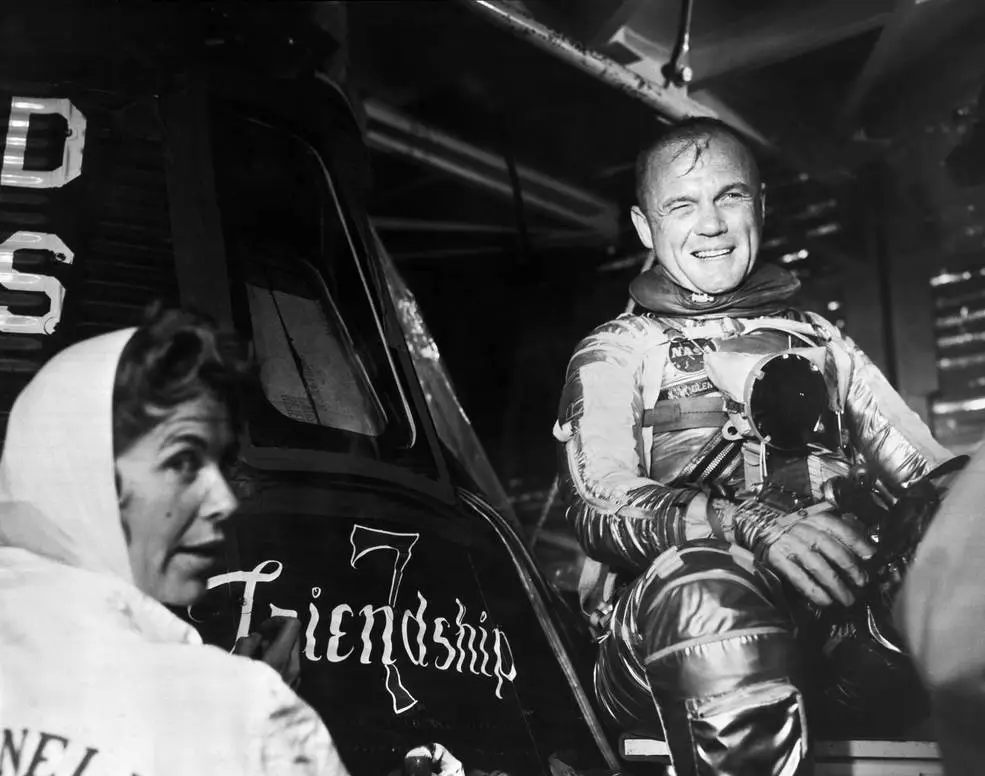On February 20, 1962, history was made high above the Earth. Astronaut John Glenn, a former Marine Corps pilot, became the first American to orbit the planet. Riding aboard the spacecraft Friendship 7, Glenn completed three orbits in a mission that lasted just under five hours but forever transformed the way Americans viewed space, technology, and national pride.
At the height of the Cold War and amid the tensions of the space race, Glenn’s mission represented far more than a scientific achievement. It was a message to the world: the United States was not just catching up it was ready to lead.
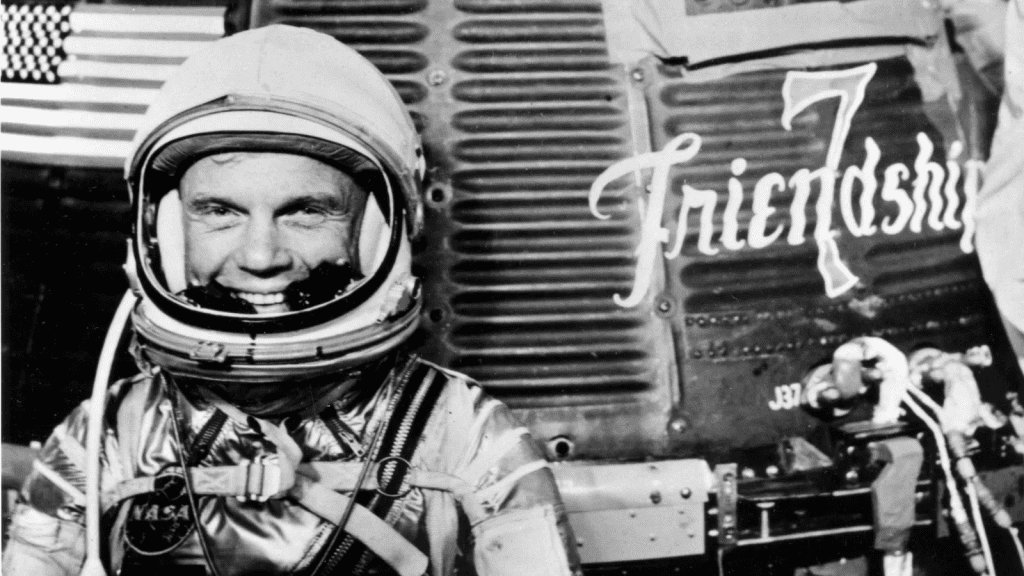
The Road to Orbit
Before John Glenn’s historic flight, the Soviet Union had already shocked the world by launching Sputnik in 1957 and then sending Yuri Gagarin into orbit in 1961. These milestones gave the USSR an early lead in the space race, pushing the U.S. to respond with its own bold achievements.
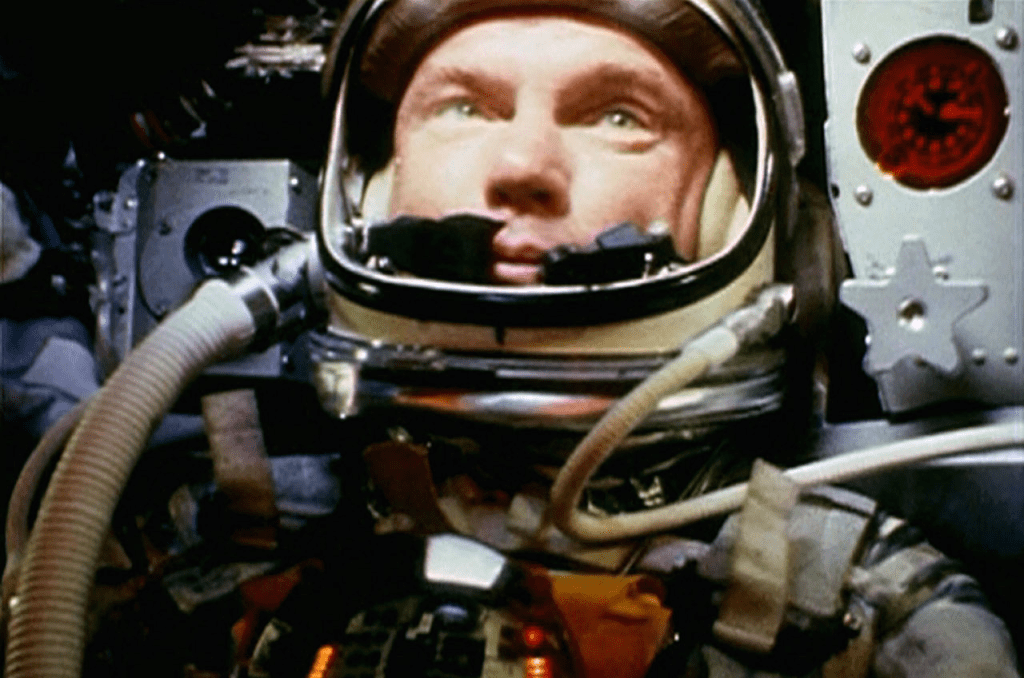
NASA’s answer was Project Mercury, the United States’ first manned spaceflight program. The goal was simple in theory but complex in execution: send an American into orbit and bring him back safely. Glenn, a decorated pilot and one of NASA’s original Mercury Seven astronauts, was chosen to make that dream a reality.
His spacecraft, Friendship 7, was launched atop an Atlas rocket from Cape Canaveral, Florida. As the engines roared to life, millions of Americans watched anxiously on their televisions, holding their breath for the moment their country would finally reach for the stars.
Video:
John Glenn: Friendship 7 re-entry | Synchronized film, audio
Three Orbits, Endless Impact
Once in space, Glenn’s mission went smoothly at first. He reached orbit and began circling the Earth at a speed of over 17,000 miles per hour, completing each lap in just under 90 minutes. He described the view as breathtaking, witnessing sunrises and sunsets over the curve of the Earth, with the blackness of space surrounding him.
But midway through the mission, a potential malfunction triggered alarm. A sensor indicated that the heat shield protecting Glenn during reentry might be loose. If the sensor was correct, the spacecraft could burn up when it reentered Earth’s atmosphere. NASA had to make a difficult decision: risk a fiery death, or alter the reentry strategy to possibly save his life.
Engineers instructed Glenn to keep the retrorocket pack attached during reentry a move that had never been tested. Glenn followed the order, enduring the intense heat and G-forces during descent. The gamble worked. Friendship 7 splashed down safely in the Atlantic Ocean, and John Glenn emerged as a living legend.
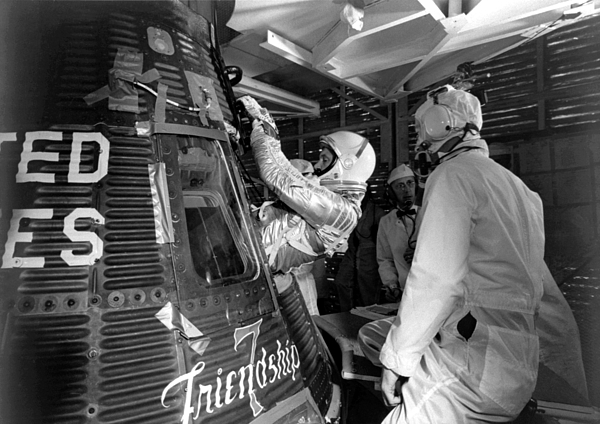
A Hero Returns to Earth
Glenn’s return was met with widespread celebration. He was welcomed home with parades, state dinners, and global recognition. Overnight, he became a national icon not only for his bravery, but for representing a nation’s hope and potential.
President John F. Kennedy hailed the flight as a turning point for America. Glenn’s success gave NASA and the American public the confidence to pursue bolder missions, including the eventual landing on the Moon in 1969.
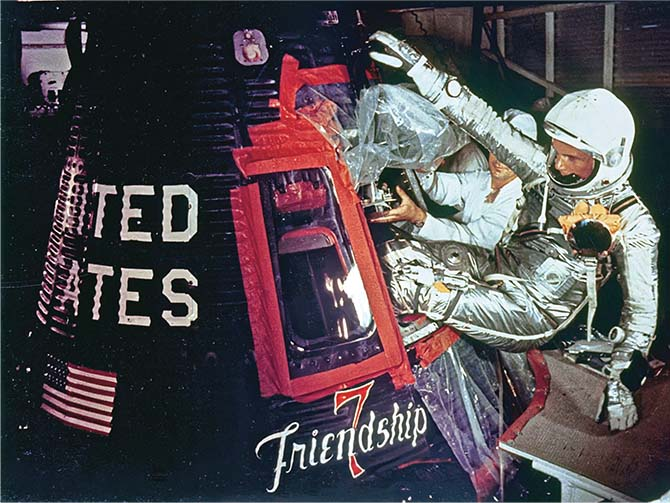
Beyond the Mission: A Life of Service
John Glenn’s journey didn’t end with his orbit around the Earth. He retired from NASA and pursued a career in public service, eventually becoming a U.S. Senator from Ohio. In 1998, at age 77, he made headlines again by returning to space aboard the Space Shuttle Discovery becoming the oldest person ever to travel to space.
Video:
JOHN GLENN – FRIENDSHIP 7 – Mercury Capsule Launch (1962/02/20)
Glenn continued to be a voice for science, education, and exploration throughout his life. He passed away in 2016, but his legacy remains deeply woven into the fabric of American history.
Why Friendship 7 Still Matters
Friendship 7 wasn’t just a spacecraft. It was a symbol of courage, progress, and unity during a time of global uncertainty. It demonstrated what could be achieved when a country dared to dream—and backed that dream with action.
John Glenn’s flight paved the way for everything that followed: the Gemini missions, the Apollo landings, the Space Shuttle program, and the International Space Station. Every modern advancement in space exploration can trace its roots back to that day in 1962 when an astronaut soared above the Earth in a tiny capsule named for friendship.
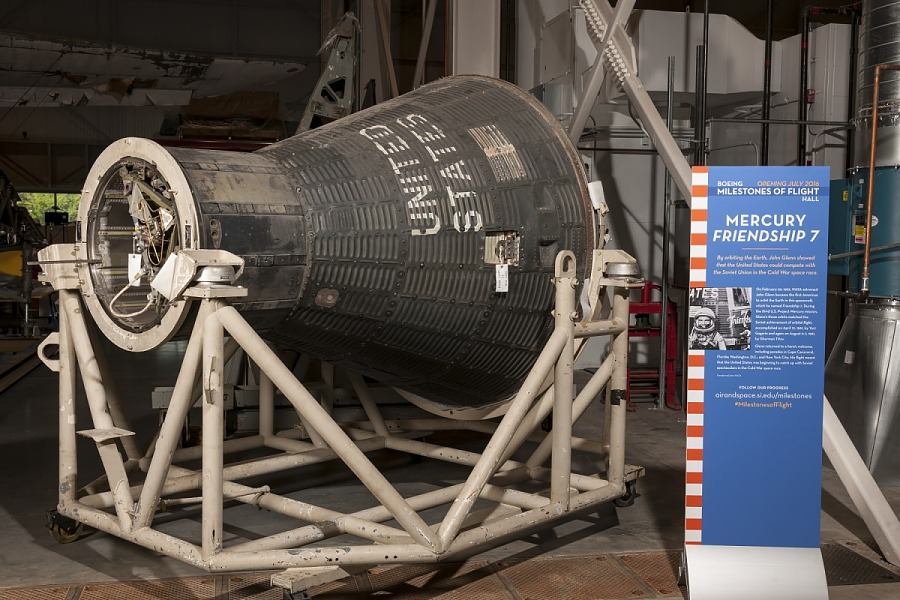
Conclusion: A Legacy That Still Orbits
John Glenn once said, “We are more fulfilled when we are involved in something bigger than ourselves.” His flight on February 20, 1962, was just that. It was not only a personal triumph but a moment that lifted an entire nation.
In a world that continues to reach for the stars, Glenn’s legacy reminds us that every great journey begins with one brave orbit.
